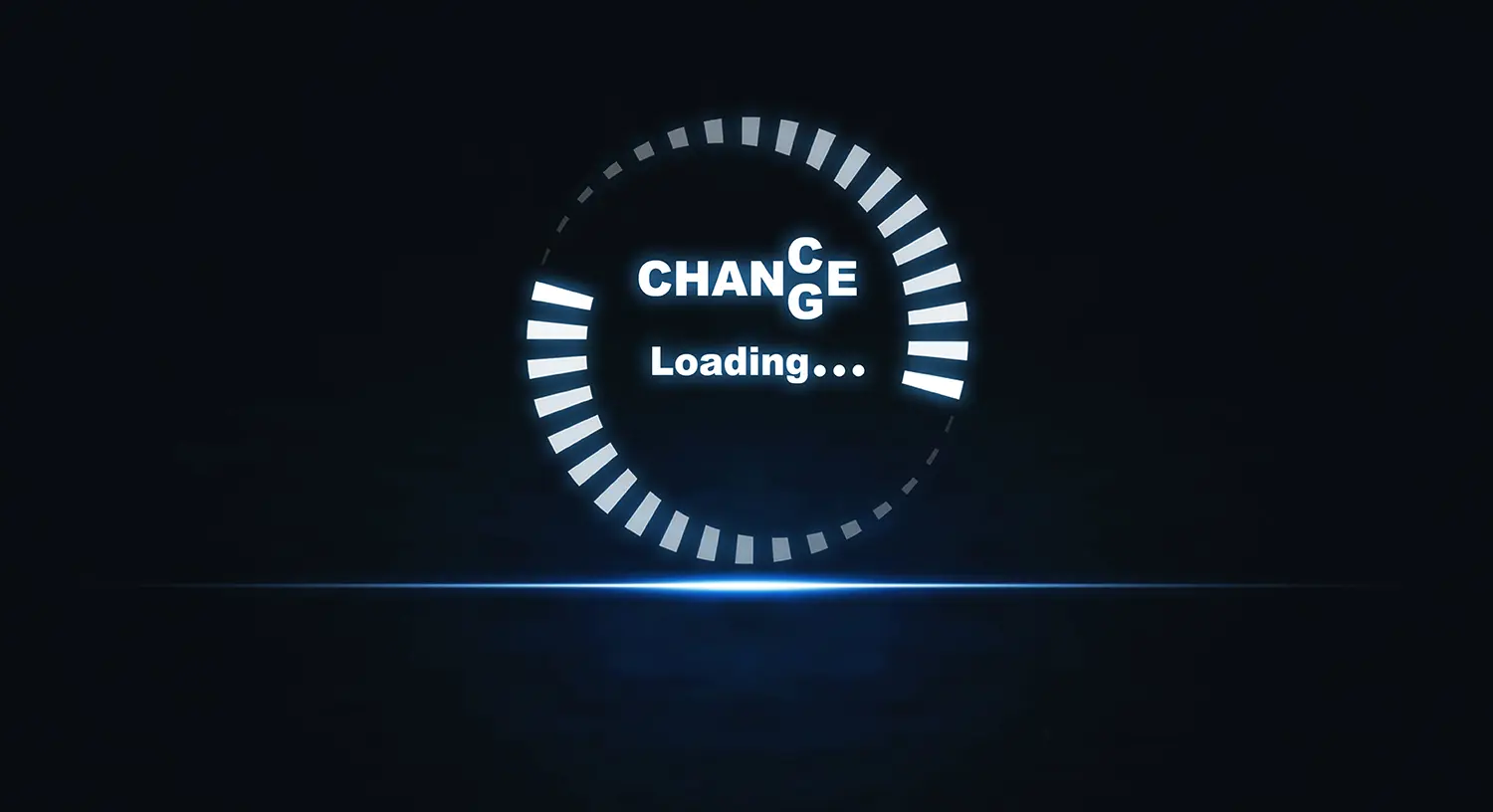Someone close to me recently banged into a car directly in front of them, their first crash in 40-plus years. They were surprised and felt ashamed because, of course, they had always placed themselves in the good driver category.
But today they saw themselves as bad, for the first time in a very long time. They jokingly suggested they needed a driving lesson and asked me what the error they made was.
I politely gave them the technical term and we both laughed.
“Failure to keep eyes in the direction of the motion of the vehicle.”
Sadly I did not state what I really thought, choosing to be friendly not respond as a paid trainer. Here I present what I truly believe is the challenge my friend faces.
My friend has driven the same way for their entire life. To make a mistake like they did today was a surprise. In their own words, the surprise was the crash, because of the fact that they have been in the exact situation thousands of times previous to today, and had not crashed. What’s up with that?
SO WHAT HAS CHANGED?
For several decades a complex set of intertwined habits have seamlessly and safely moved their car along. But something has changed that my friend may not be aware of. And this change occurs so little each and every day that most of us do not see it happening. Newspapers say it’s reaction time.
I disagree.
I say at the age of 20 your vision, attention and spacial awareness are top of the world as compared to when you are 60. By 60 many have a peripheral reduction of up to 30%. At 60 many need three times the light of a 20-year-old to read.
The tools that you have used all your life have changed. If in turn, you fail to change, your long-term habits are assuming that the information is present when in fact it is not.
You must change as your body changes.
Readapt to the new conditions. If not, you are ignorant of the short-comings and hence unable to accommodate the situation effectively. Your brain assumes that everything was as it was for the past 40 years, but it is wrong. Some critical information is missing.
SO WHAT’S THE SOLUTION
The solution is vision. Double or triple checking every object near you and all space near you trusting and using your eyes, not your memory.
Additionally reviewing other skills that can overlap your visual triple scan skills that can help catch flaws in other habits.
- For example, driving at maximum speed is a skill that may need to change to give you more time to scan, check more, and see..
- For example, not tailgating gives you more of a margin for errors that may be creeping into your changing vision.
- And stop blindly trusting your past mind and assuming all is the same, when in fact nothing is the same. Everything is constantly changing. You must continue to change to keep yourself and others safe in this complex ever-changing world of driving?
If you do run into my friend, or if he runs into you, maybe you can refer him to this post!





Comments are closed